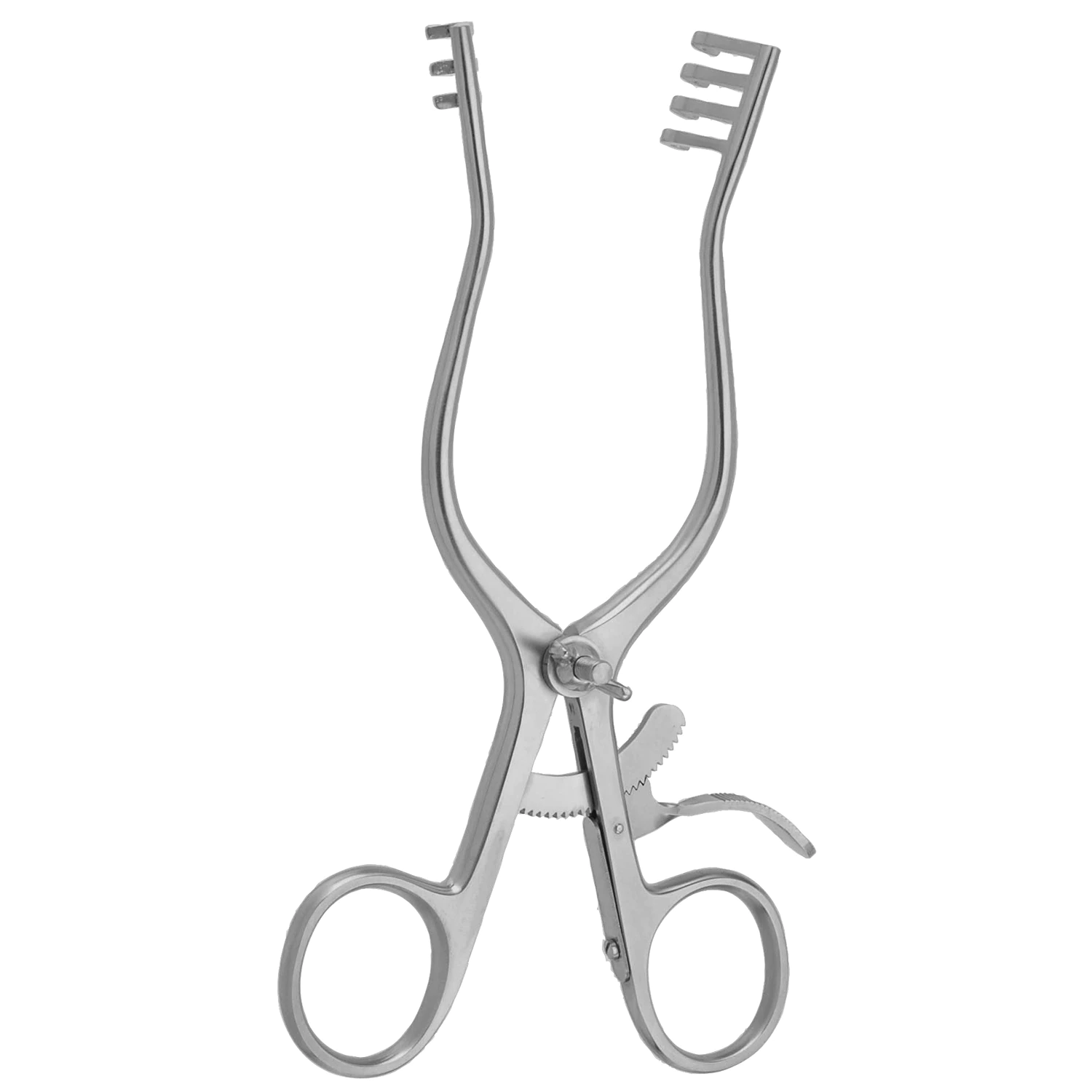Surgery equipment and medical devices are under the umbrella of the far more expansive field of life sciences. Despite the generic nature of these terms, they pertain to a very significant issue in healthcare and medical services. The market for surgical and medical devices is significant in several different ways. First, it’s significant in the field of medicine. Because the sector employs many professionals, surgical equipment manufacturers are also significant in terms of career opportunities. Given that the market for medical devices is anticipated to exceed $155 billion in sales in 2017, it is also pertinent in terms of investing and its contribution to the economy as a whole.
1. Bovie
The Bovie is a tool used for electrosurgical dissection and hemostasis. It was created by William Bovie, a man who contributed to the American medical community throughout his lifetime (1882–1958).
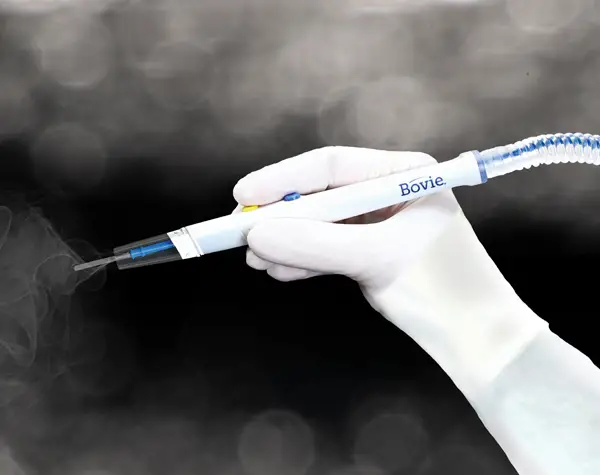
2. Aortic Cross-Clamp
The aortic cross-clamp, often the cross-clamp or just the cross-clamp, is most frequently used during cardiac surgery to hold the aorta in place. It isolates the heart from the body’s circulatory system and is followed by cardioplegia, a condition in which the heart stops beating.
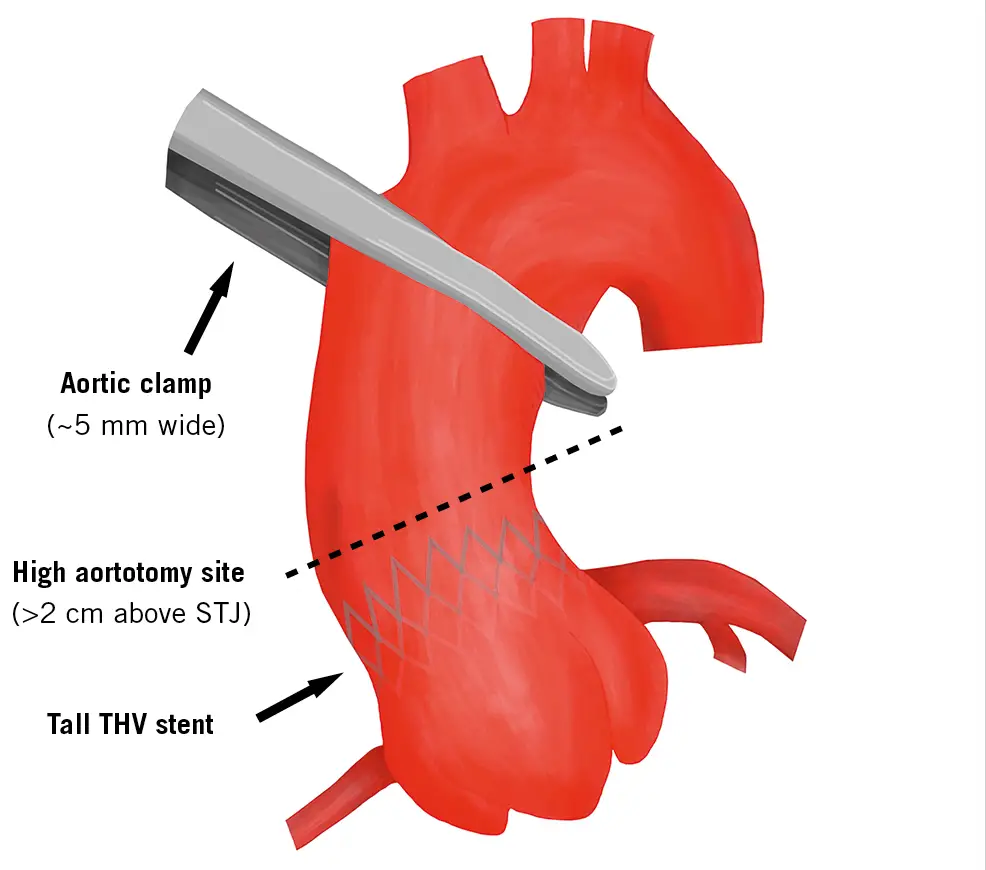
3. Adson Cerebellar Retractor
This helpful gadget, used in neurosurgical procedures, gives doctors the most control when manipulating and retracting the cerebellum, a region of the brain at the rear of the skull that relates to muscular action. People need more time or strength to hold this tool while working on this delicate body area. Fortunately, it features a locking feature that enables the ring handles to remain in place so that surgeons can complete their tasks.
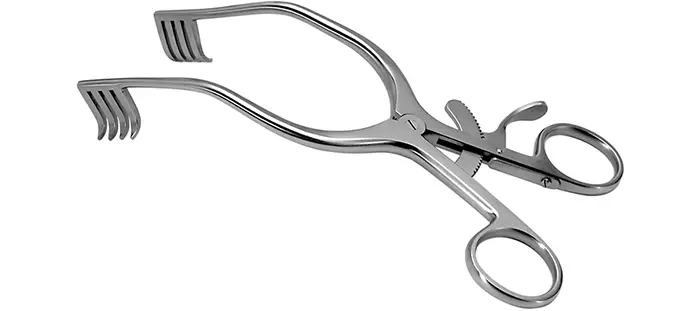
4. Desmarres Retractors
The Desmarres retractor, which has a curved tip resembling a flower, is utilized for intravitreal injections of the eye, a treatment that has become rather frequent in the United States. It is meant to hook beneath the eyelid. The patient will be requested to look down before the tool is used, and Surgeons will put the instrument under the upper lid. The doctor will then retract the eyelid back to expose the injection site.
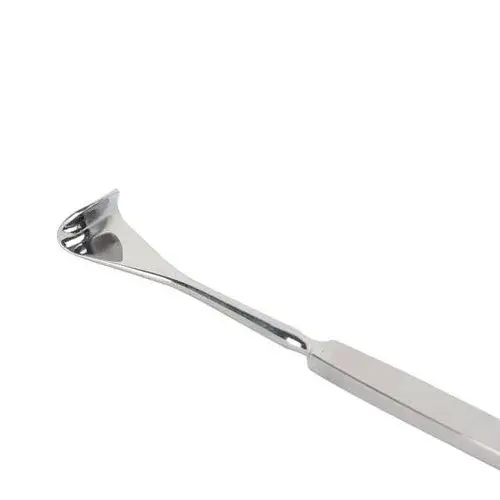
5. Frazier Suction Tube
This thin instrument was created and given the Michael Frazier moniker because it is utilized to precisely suck fluids out of cavities. Because the shaft is constructed of a flexible material, Doctors can bend it into various positions as the treatment is done. Fluids and other substances may accumulate, making surgery more difficult if not dealt with. The Frazier suction tube allows the wound to remain dry and debris-free because the flexible tool doesn’t get in the way.
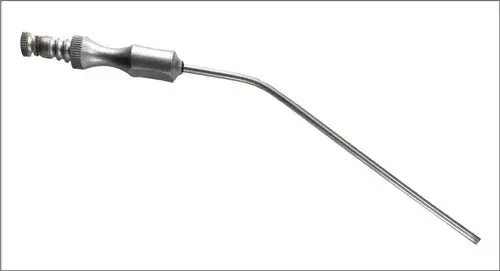
6. Right Angle Forceps
You probably guessed it. The appropriate angle of this tool makes it possible to suture in precisely the right locations regarding vessels and to reach vessels that are out of the way.
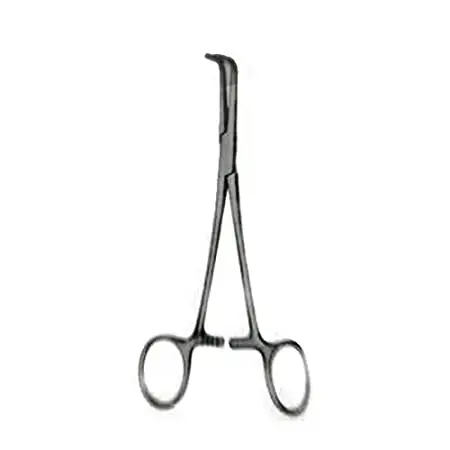
7. Hoke Osteotome
This instrument is used during neurosurgery and has a flat blade that is ideal for cutting the bone and preparing to cut bone, a straight and solid handle with a dip halfway through, and a dip halfway through the handle.
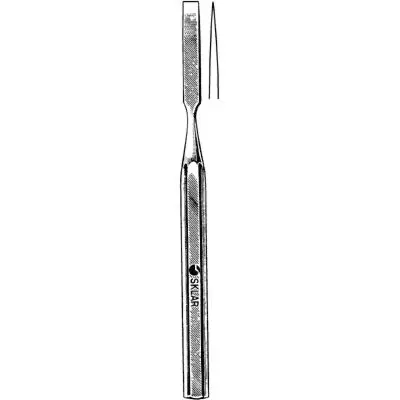
8. Heaney Needle Holder
Along with dilatation and curettage, the Heaney needle holder is a different instrument you could encounter during a hysterectomy. It employs ratcheted blades for medium-weight suturing. The use of this holder as a tool for cardiovascular approximation and closure is also valid.
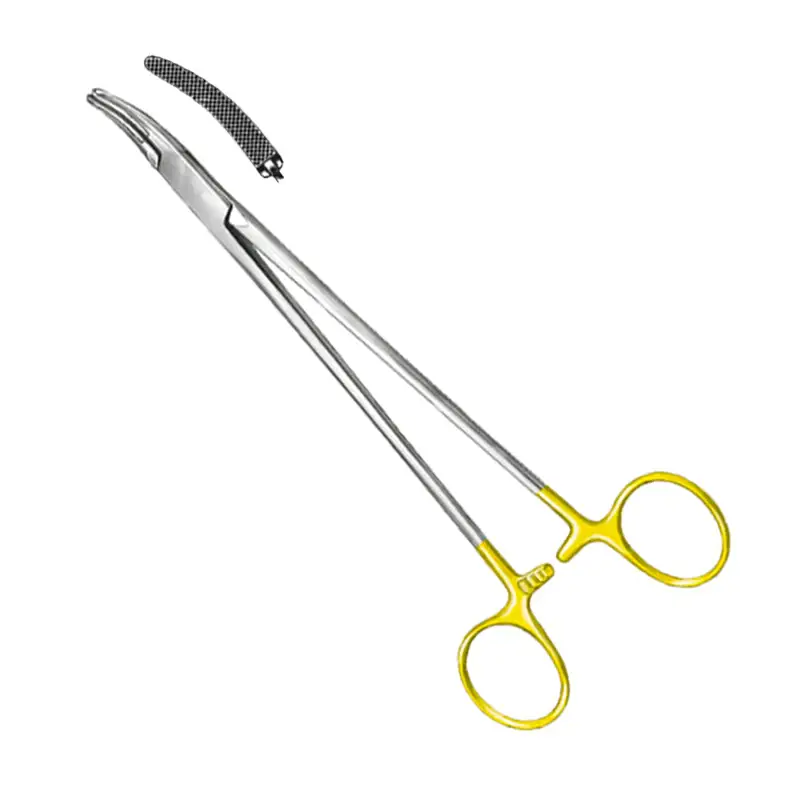
9. Cobb Elevator
The cobb elevator, which has edges that are more rounded than the 90-degree dural elevator, is mostly used to cut and dissect when working on paraspinal muscles and removing periosteum, a thick layer of tissue that covers bones at the surfaces of joints.
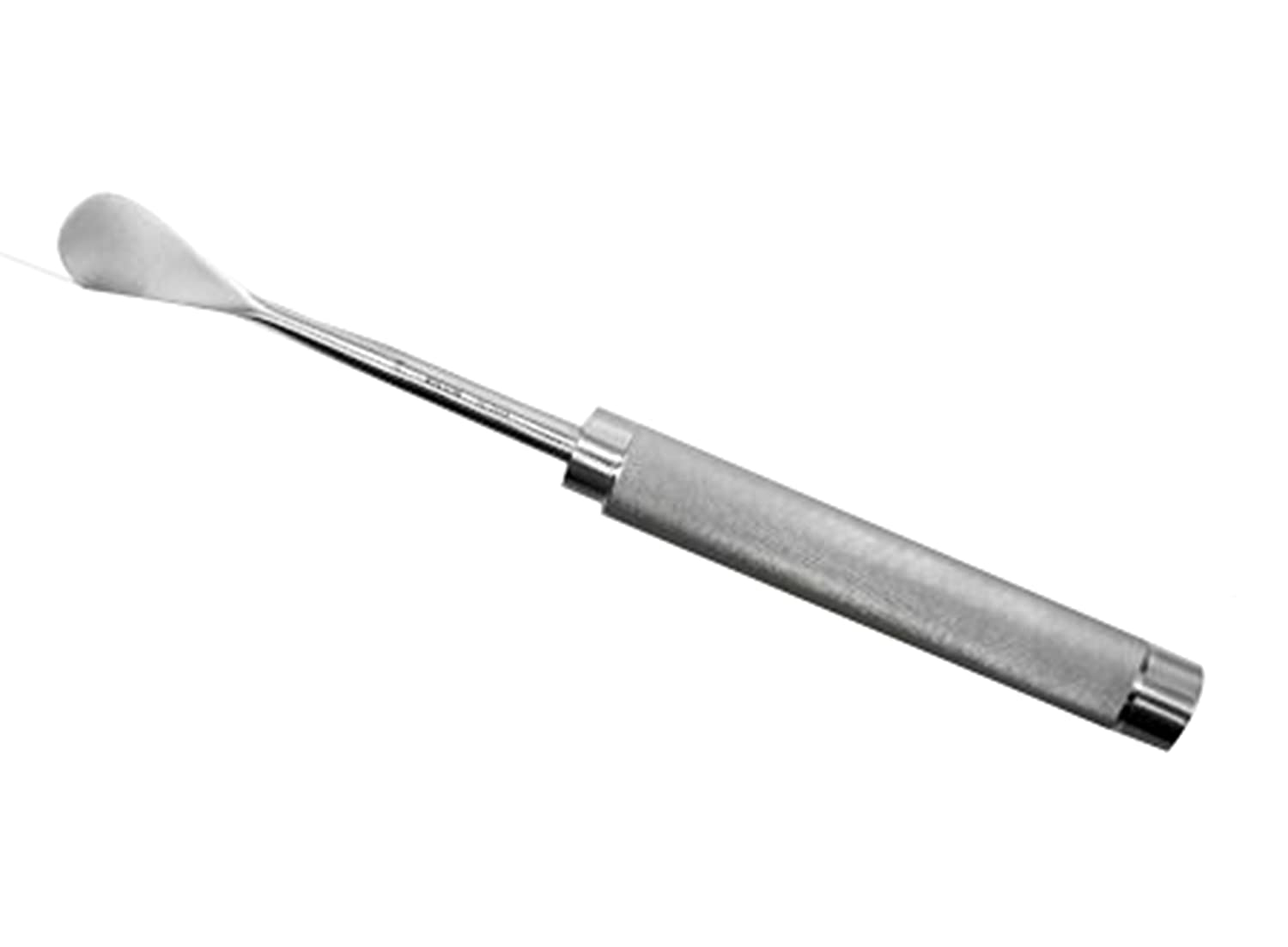
10. Henley Retractor
This equipment, which is ideal for cardiothoracic procedures but looks like a gadget of some sort, is engineered for maximum effectiveness and enables surgeons to modify the positionality.
